Do you have a question about the Behringer DSP1100 and is the answer not in the manual?
Covers essential safety precautions like avoiding shock and fire hazards, and interpreting warning symbols.
Provides guidelines on ventilation, heat, power, cleaning, and proper servicing procedures.
Explains technical terms like dB, Q factor, and bandwidth, and audio principles.
Introduces the product's purpose and core functionality.
Details the high-quality components, DSP, and converters used in the device.
Explains the flexibility offered by the two independent audio channels.
Instructions for mounting the unit in a standard 19" rack and ventilation.
Guidance on selecting the correct mains voltage for operation.
Details on unbalanced audio connections using 1/4" phone jacks.
How to adjust the internal operating level for different environments.
Explains the function of front panel keys and the jog wheel for parameter adjustment.
Describes the front panel display, LED indicators, and level meters.
Details the connectors and switches found on the rear panel.
How to turn filters on or off.
Using filters in manual mode to adjust frequency, Q, and gain.
Explains Single-Shot and Auto modes for automatic feedback detection and suppression.
Storing and recalling user settings and programs.
How to integrate and control the device via MIDI.
Explains concepts like sampling, quantization, and digital distortion.
Applying the device to prevent feedback in monitor systems.
Using the device to process main mix signals and eliminate feedback.
Applying the device to individual channels or sub-groups for targeted feedback control.
Utilizing the device for studio monitoring or enhancing existing EQ setups.
Using the device for creative effects like wah-wah or sweeping sounds.
Discusses specific operational tips like level setting, digital overflow, and system tuning.
Covers essential safety precautions like avoiding shock and fire hazards, and interpreting warning symbols.
Provides guidelines on ventilation, heat, power, cleaning, and proper servicing procedures.
Explains technical terms like dB, Q factor, and bandwidth, and audio principles.
Introduces the product's purpose and core functionality.
Details the high-quality components, DSP, and converters used in the device.
Explains the flexibility offered by the two independent audio channels.
Instructions for mounting the unit in a standard 19" rack and ventilation.
Guidance on selecting the correct mains voltage for operation.
Details on unbalanced audio connections using 1/4" phone jacks.
How to adjust the internal operating level for different environments.
Explains the function of front panel keys and the jog wheel for parameter adjustment.
Describes the front panel display, LED indicators, and level meters.
Details the connectors and switches found on the rear panel.
How to turn filters on or off.
Using filters in manual mode to adjust frequency, Q, and gain.
Explains Single-Shot and Auto modes for automatic feedback detection and suppression.
Storing and recalling user settings and programs.
How to integrate and control the device via MIDI.
Explains concepts like sampling, quantization, and digital distortion.
Applying the device to prevent feedback in monitor systems.
Using the device to process main mix signals and eliminate feedback.
Applying the device to individual channels or sub-groups for targeted feedback control.
Utilizing the device for studio monitoring or enhancing existing EQ setups.
Using the device for creative effects like wah-wah or sweeping sounds.
Discusses specific operational tips like level setting, digital overflow, and system tuning.
| Brand | Behringer |
|---|---|
| Model | DSP1100 |
| Category | Music Mixer |
| Language | English |
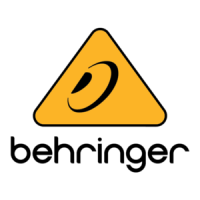

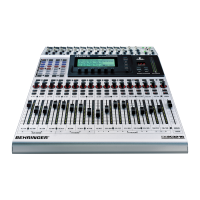


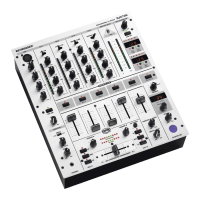
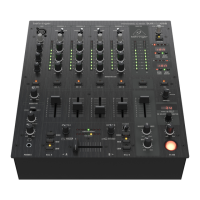

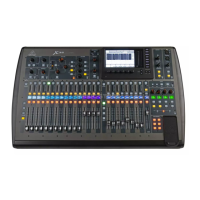
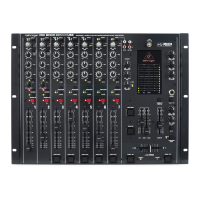
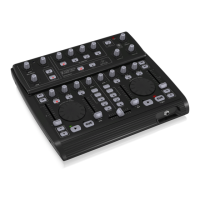
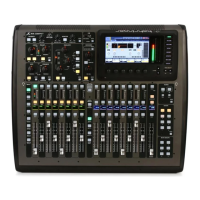
